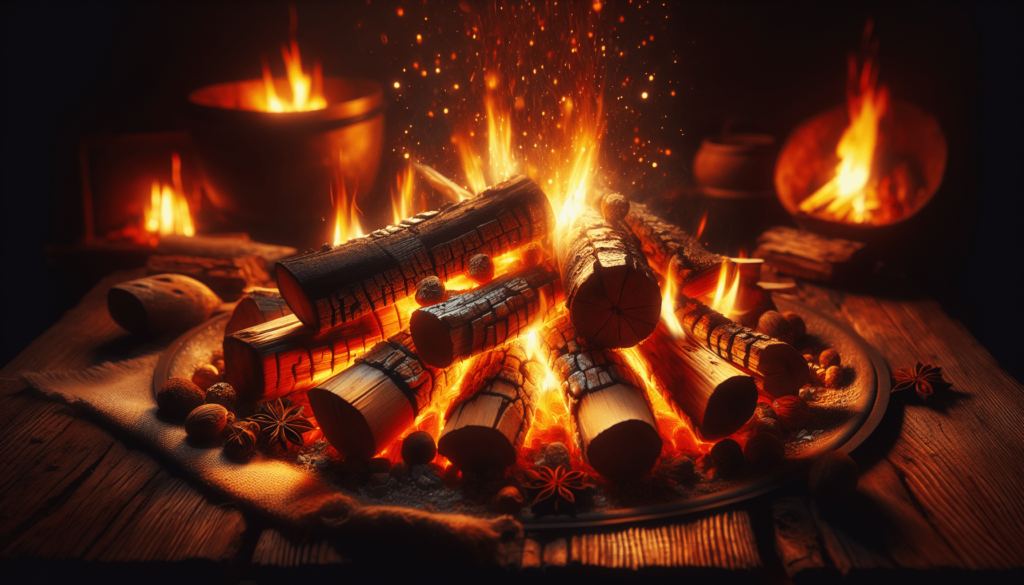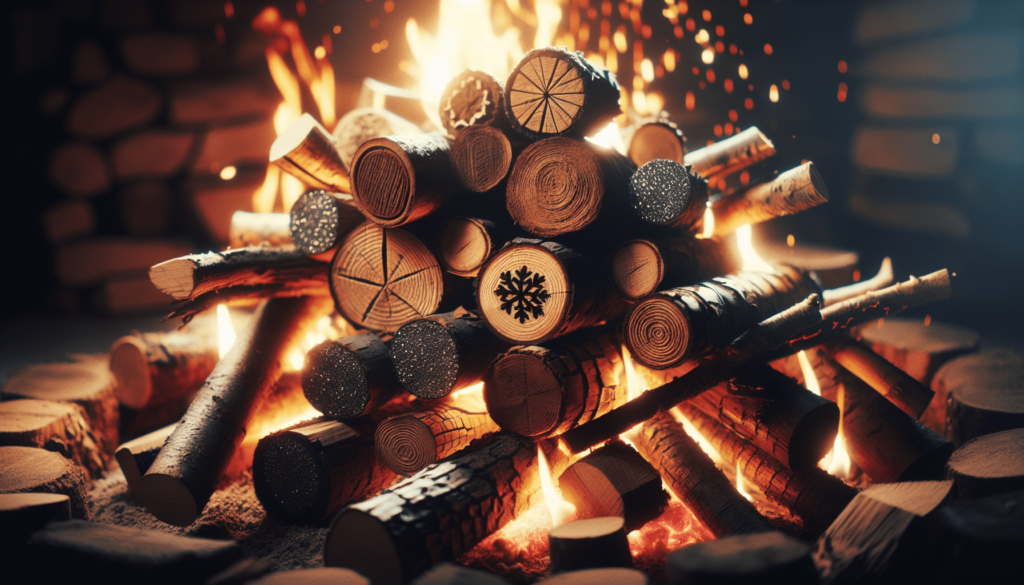What Can Wood Burning Be Classified As?
Have you ever wondered how to classify wood burning? It seems straightforward, right? Wood plus fire equals wood burning. But when we dive deeper – whoops, I mean, look closer – it’s a little more complex than that.

The Basics: Defining Wood Burning
To start, let’s break down what wood burning actually entails. It’s not merely setting a log on fire and relishing the warmth. Wood burning is a chemical reaction, specifically a type of combustion. When wood burns, it undergoes a transformation: the solid wood material reacts with oxygen, releasing heat, light, and other by-products like ash, water vapor, and carbon dioxide. That rustic glow we enjoy on a crisp evening is essentially a fascinating display of physics and chemistry.
The Science Behind the Flames
Let’s talk about the science behind it. When wood burns, it goes through multiple stages. Initially, moisture within the wood begins to evaporate. Afterward, the wood starts to decompose in a process called pyrolysis, which releases volatile gases. These gases mix with oxygen, igniting to create flames. The leftover solid matter, mainly carbon, burns slowly and turns into glowing embers.
Here’s a simple breakdown:
| Stage | Process | Outcome |
|---|---|---|
| Evaporation | Moisture in wood evaporates | Water vapor |
| Pyrolysis | Wood decomposes under heat | Volatile gases |
| Combustion | Gases ignite and burn | Flames, heat, light |
| Residue | Remaining solid matter burns | Embers, ash |
So, wood burning isn’t just a straightforward activity; it’s a multi-stage chemical theater happening in your fireplace.
Categorizing Wood Burning Beyond the Obvious
You might be itching to ask, “But what can wood burning be classified as?” Great question! It’s more than just a literal firewood fight club. It fits into various categories depending on the perspective you adopt.
Wood Burning as an Art Form
Let’s start with the one that might surprise you: art. Yes, you read that right. Wood burning can be artistic. Pyrography, to be precise, is the art of decorating wood with burn marks. It’s like creating tattoos on wood with a heated tool. Artists wielding pyrography pens generate intricate designs – everything from majestic landscapes to detailed portraits.
Pyrography enthusiasts might liken their craft to other forms of painting or drawing, but the difference lies in the medium. The unique textures and natural grain of the wood contribute to the finished piece, making each artwork distinct and personal.
Wood Burning as a Heating Solution
Many rural areas and remote cabins rely on wood burning for warmth. Wood-burning stoves and fireplaces serve as primary or supplementary heating sources. Contrary to flicking a switch for an electric heater, gathering and chopping wood adds a nostalgic ritual to the act of heating. There’s something remarkably satisfying about chopping logs and seeing the fruits of your labor ignite and warm your home.
Wood Burning in Agriculture: Slash-and-Burn
In the realm of agriculture, wood burning takes on a different role through a method known as slash-and-burn farming. This ancient practice involves cutting down vegetation and burning it to clear land for cultivation. The ash serves as fertilizer for the soil. While controversial and often criticized for its environmental impact, it’s still practiced in some parts of the world.
Wood Burning in Cultural and Religious Practices
Some cultures and religions use wood burning in rituals. For instance, in various traditions across India, wood is central to many ritualistic fires – known as “Havana” or “Homa” – which are integral to religious ceremonies. Similarly, bonfires during celebrations like Bonfire Night in the UK have historical and cultural significance.
Wood Burning for Culinary Delights
Wood burning also finds a happy home in kitchens around the world. Think wood-fired pizzas, smoky barbecue, or even artisanal bread baked in wood-fired ovens. The unique flavor imparted by wood smoke can’t easily be replicated with modern, gas-fired equipment.
Environmental Impact: The Double-Edged Sword
Now, before you throw another log on the fire, let’s talk about the environmental side of things because, as charming as wood burning sounds, it poses a complex relationship with the environment.
Carbon Footprint and Emissions
When wood burns, it releases carbon dioxide (CO2), a greenhouse gas. However, wood is considered a carbon-neutral fuel under the right conditions. The reasoning is that the CO2 released during burning is equivalent to what the tree absorbed during its lifetime.
This balance, though, is contingent on sustainable forestry practices. If trees are continuously replanted, the cycle remains balanced. But deforestation and unsustainable practices tip the scale, contributing to environmental degradation.
Air Quality Issues
While crackling wood presents an enchanting ambiance, it also discharges particulate matter and other pollutants. These can contribute to air quality problems and respiratory issues. In densely populated areas, this becomes a significant concern, leading some regions to impose restrictions on wood burning during certain times of the year.
Modern Innovations and Alternatives
As our awareness of environmental issues grows, so does the innovation surrounding wood burning. Enter the world of advanced wood-burning stoves and fireplaces designed to burn wood more efficiently and with fewer emissions.
Catalytic and Non-Catalytic Stoves
There are two primary types of modern wood stoves: catalytic and non-catalytic.
- Catalytic stoves: These use a catalytic combustor to reduce smoke by burning particulates and gases more completely.
- Non-catalytic stoves: These have features like secondary combustion chambers to achieve cleaner burns.
Both types aim to make wood burning a more environmentally friendly option, ensuring less fuel is wasted and fewer pollutants are released.
Pellet Stoves
Pellet stoves are another innovation. They utilize compressed sawdust pellets, which burn efficiently and produce minimal emissions. The pellets are made from waste products of the wood processing industry, adding a recycling angle to their appeal.

Conclusion: Multifaceted Firelight
So, what can wood burning be classified as? The answer is multifaceted. It encompasses art forms like pyrography, acts as a practical heat source for many households, plays a role in agricultural practices like slash-and-burn, integrates into cultural and religious ceremonies, and infuses culinary creations with unique flavors. It’s a double-edged sword environmentally, but with mindful practices and modern innovations, it can fit into a more sustainable framework.
Who knew that something as seemingly simple as wood burning could branch out into so many categories? Whether you’re an artist, a chef, or someone just looking to stay warm, wood burning has a spot carved out for you. And for those of us captivated by the dance of flames – understanding its complexities only adds to the charm.
So, the next time you sit by a fire, consider the multifarious nature of that crackling glow. It’s more than just a source of light or warmth – it’s a blend of art, culture, science, and tradition, all intertwined in those mesmerizing flames.

